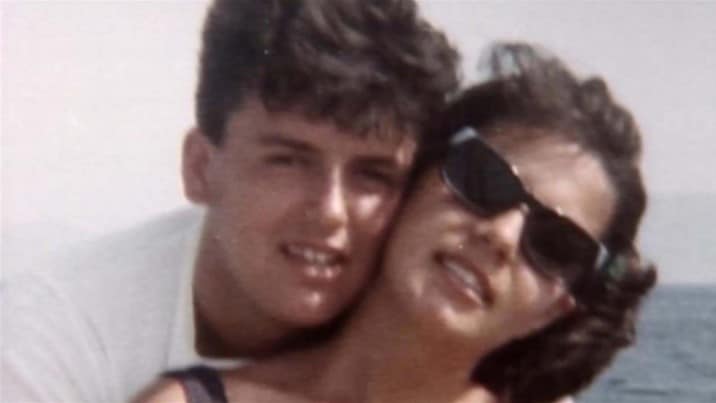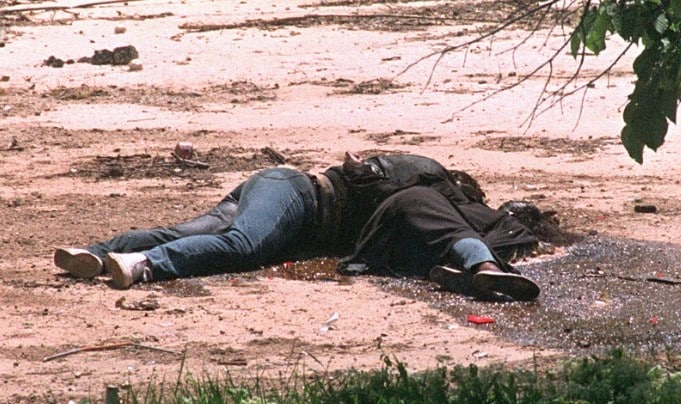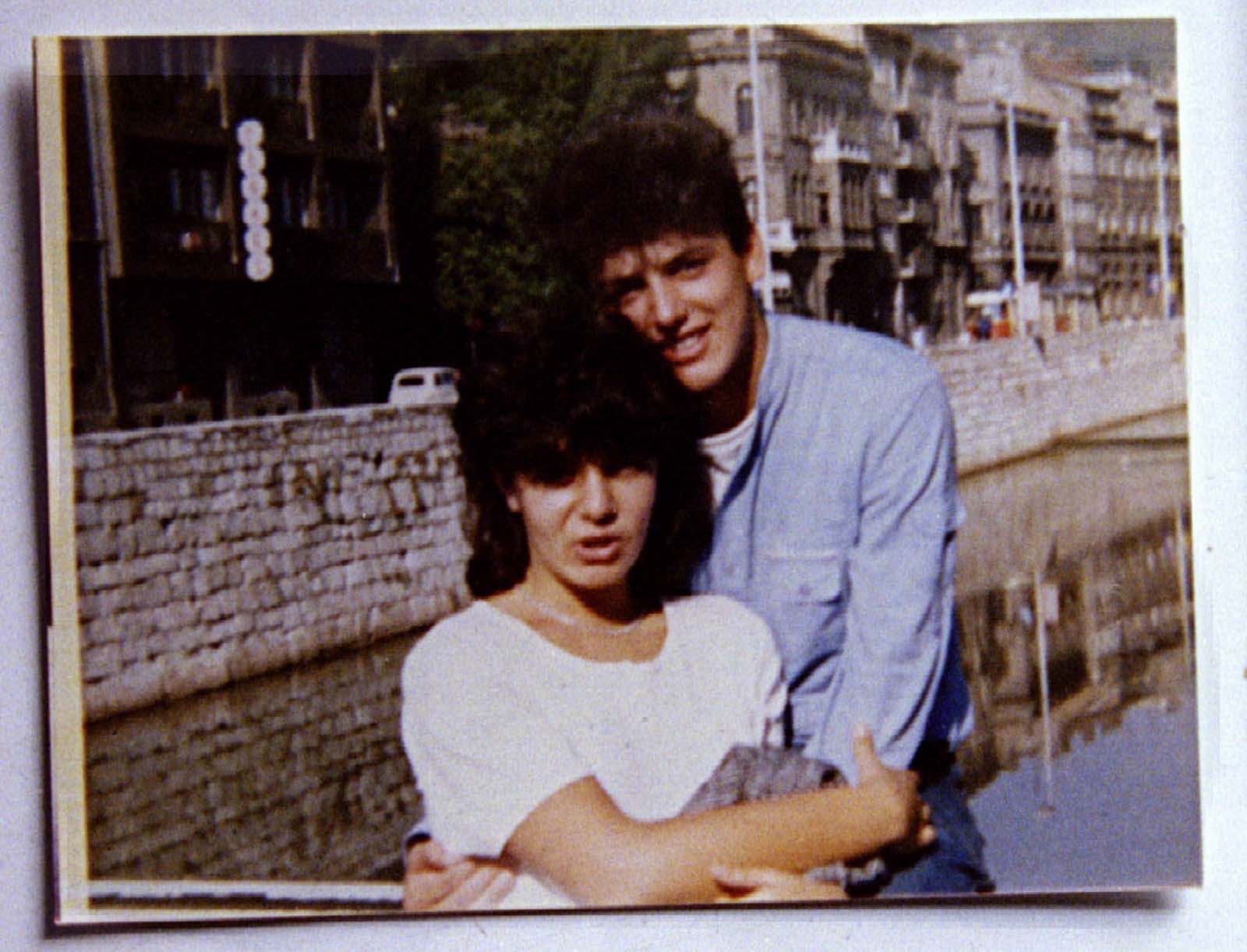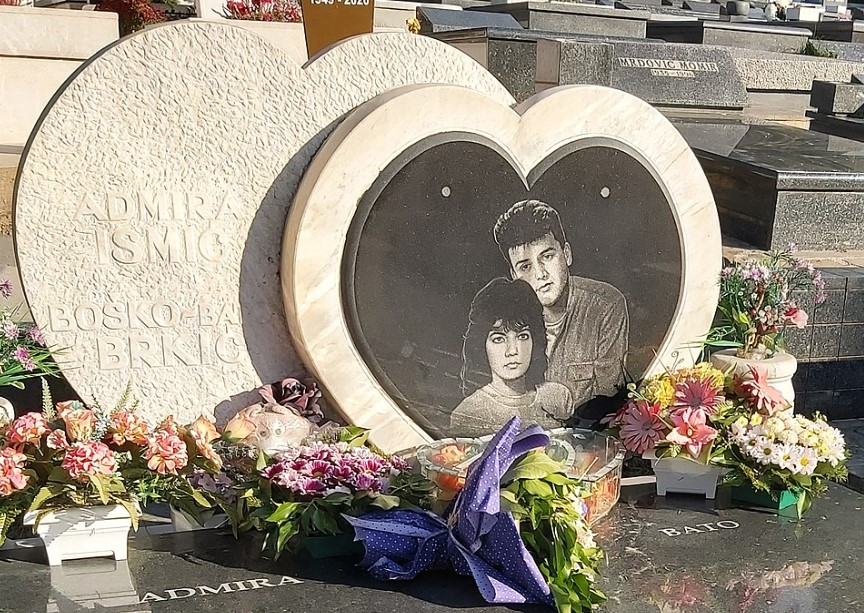The Story Of Sarajevo’s Romeo And Juliet And Its Tragic End
War doesn’t bring anything good; it destroys everything from infrastructure to happiness and the futures of many people. The haunting image of the young couple, locked in an eternal embrace amidst the ravages of war, serves as a poignant reminder of the human cost of conflict. Their tragic fate, slain by snipers’ bullets, transcends the boundaries of nationality and ideology, touching the hearts of observers from all walks of life.
How the image was captured

Mark H. Milstein, an American photojournalist, captured the haunting image of Admira and Boško. He shared that he spent May 19, 1993 wandering Sarajevo with a Japanese freelance TV cameraman and an American journalist. He recalled in an interview that “the morning of May 19, 1993, had been pretty much a bust” for him in terms of capturing photos:
“After lunch, I hooked up with a Japanese freelance TV cameraman and a Washington Times journalist. Together, we cruised the city looking for something different. Everywhere we went in Sarajevo ended in frustration. Before calling it a day, however, we decided to check out the front-line around the Vrbanja Bridge.”
“There was a small battle going on, with Bosnian forces firing at a group of Serb soldiers near the ruins of the Union Invest building. Suddenly, a Serb tank appeared 200 metres in front of us and fired over our heads. We scrambled to the next apartment house and found ourselves holed up with a group of Bosnian soldiers,” Milstein recalled.
“One of the soldiers yelled at me to look out the window, pointing at a young girl and boy running on the far side of the bridge. I grabbed my camera, but it was too late. The boy and girl were shot.”

Their bodies remained in the no man’s land for nearly 4 days before being recovered. Milstein didn’t know who they were or grasp the significance of the event. He returned to the Holiday Inn, where many journalists were based, to develop his film. Later that night, he shared what he had seen with Kurt Schork.
Kurt Schork, an American correspondent for Reuters, then decided to publish a dispatch four days later titled “Romeo and Juliet in Sarajevo”. As a result, this decision propelled the photograph taken by Milstein of the deceased couple on the bridge to fame.
“Two lovers lie dead on the banks of Sarajevo’s Miljacka River, locked in a final embrace. Bosko Brkic and Admira Ismic, both 25, were shot dead on Wednesday trying to escape the besieged Bosnian capital for Serbia,” Schork wrote.
The tragic end of a love story

The Siege of Sarajevo (1992-1996), part of Yugoslavia’s Wars, tore apart countless lives and futures. The war killed a beautiful love story of Admira Ismic (a Bosniak) and Bosko Brckic (a Bosnian Serb).
As conditions in Sarajevo got worse, many fled the city to escape the horrors of war. Bosko’s father died, and the rest of his family lived in Serbia. He could have escaped alone but he didn’t. He chose to stay in Sarajevo with Admira. However, as life became increasingly unbearable under siege, they made the difficult decision to escape to Bosko’s family.
Bosnian Serbs had privileges while Muslims didn’t. Admira and Bosko scraped together every penny to secure their safe passage out of Sarajevo. Their journey to safety involved crossing the Miljacka River via the Vrbanja Bridge in the Serb-held neighborhood of Grbavica.

On the day of their tragic fate, Bosko and Admira were optimistic. Dino Kapin, then Commander of a Croatian unit allied with Bosnian Army forces, recalled seeing a man and a woman approaching the bridge around 5:00 pm.
As soon as they reached the bridge, a gunshot rang out. The bullet hit Boško Brkić and killed him instantly. Witnesses from all sides confirmed this tragic event.
Another shot followed and the woman screamed and fell wounded but she did not perish immediately. Despite her injuries, she crawled to her boyfriend, embraced him, and remained by his side until her passing. She clung to life for at least 15 minutes after the gunfire ceased.
To this day, no one knows who fired the shots. Since the moment they were shot, Admira and Boško’s bodies remained on the bridge for several days as Sniper Alley, a dangerous no man’s land, deterred anyone from retrieving them. Amidst the standoff, the Serb and Bosnian armies debated responsibility for the deaths. Eventually, after eight days, Serb forces retrieved the bodies under the cover of darkness.
However, it later emerged that Bosnian POWs were coerced by the VRS to recover the bodies. Admira and Boško now rest side by side in Lion Cemetery, alongside thousands of other victims from the siege of Sarajevo.

Alma Vejzovic, a Brkic and Ismic’s high school friend, shared the deep bond between Brkic and Ismic well before the world learned of their heartbreaking story. She said, “We met through mutual friends and enrolled in the Third Gymnasium together in 1982. That is when I met Bosko. Admira and Bosko were the happiest and most in love couple I know. They were together in life, and now in death.”
Their love story inspired director John Zaritsky to create an award-winning documentary film “Romeo and Juliet in Sarajevo” in 1994.

